Optimal Timing for Chicken Wire Fence Installation
Determining the optimal time for chicken wire fence installations depends on various environmental and project-specific factors. Proper timing ensures the durability of the fence and ease of installation. Typically, the most suitable periods are during mild weather conditions with minimal precipitation.
Spring offers moderate temperatures and longer daylight hours, making it ideal for fence setup. Installing during this season allows for better soil conditions and quicker drying times.
Summer can be suitable if temperatures are not excessively high. Adequate hydration and shade help prevent heat stress during installation.
Fall provides cooler weather and less rain, which can facilitate installation and reduce delays caused by adverse weather.
Winter is generally not recommended due to cold temperatures, frozen ground, and potential snow, which can hinder digging and setting posts.

Ways to make Chicken Wire Fence Installations work in tight or awkward layouts.
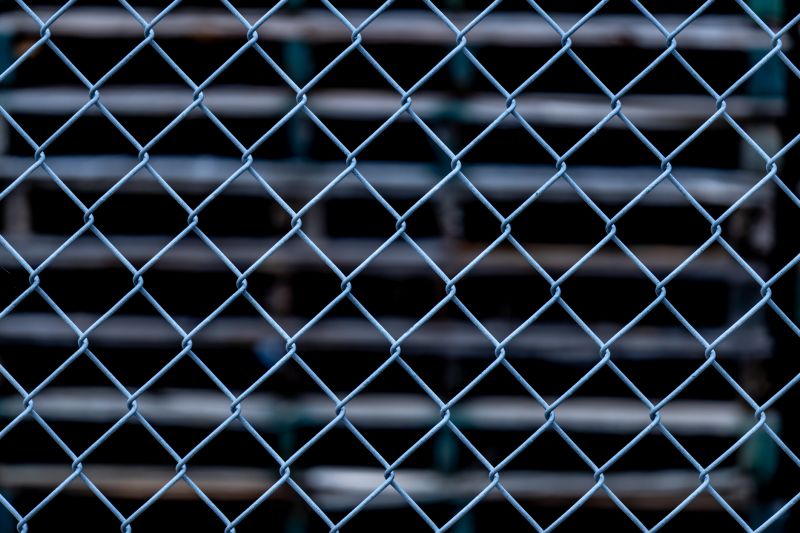
Popular materials for Chicken Wire Fence Installations and why they hold up over time.
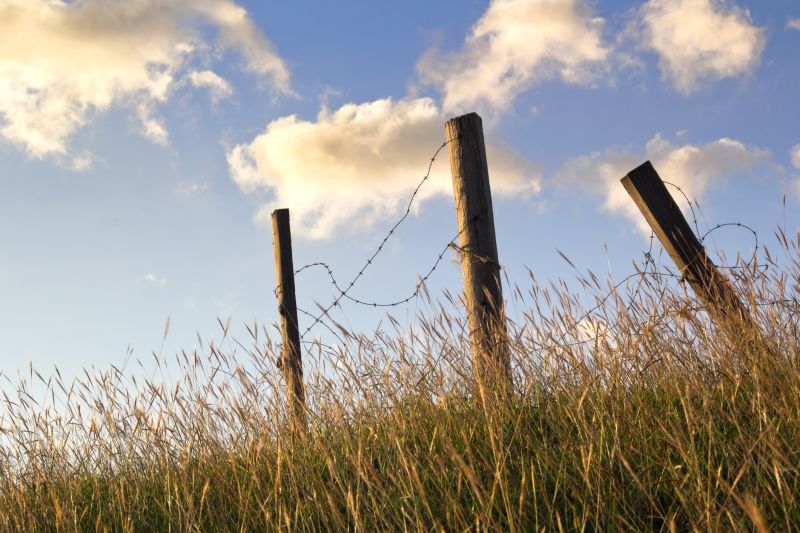
Simple add-ons that improve Chicken Wire Fence Installations without blowing the budget.
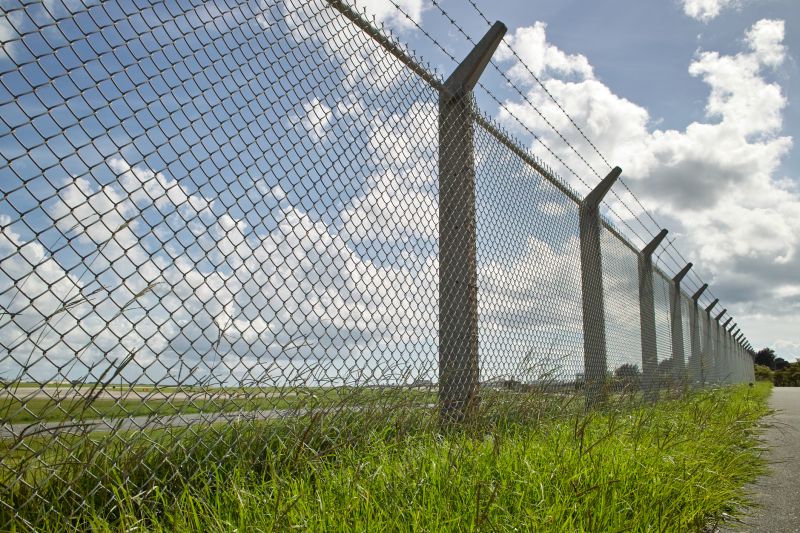
High-end options that actually feel worth it for Chicken Wire Fence Installations.
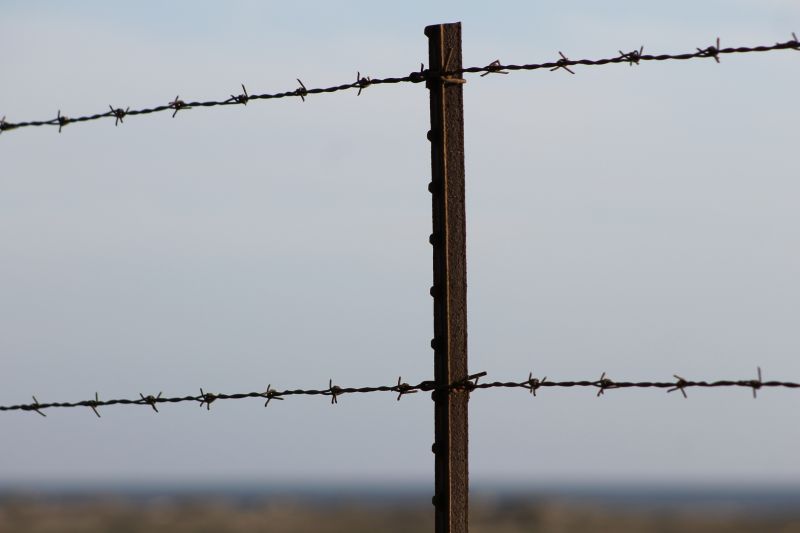
Finishes and colors that play nicely with Chicken Wire Fence Installations.
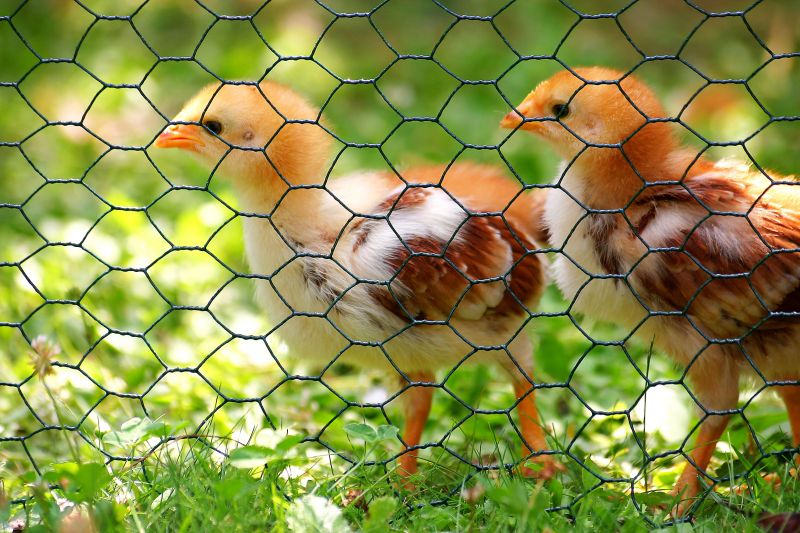
Little measurements that prevent headaches on Chicken Wire Fence Installations day.
Chicken wire fencing is a practical solution for enclosing poultry and small animals. Its affordability, ease of installation, and versatility make it a popular choice among property owners. Proper timing and installation techniques contribute to the fence's longevity and effectiveness, ensuring protection against predators and containment of animals.

A 60-second routine that keeps Chicken Wire Fence Installations looking new.
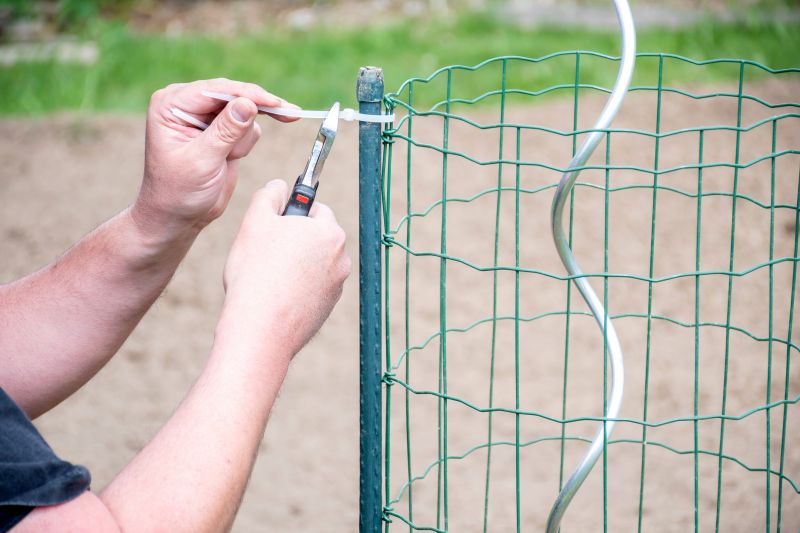
A frequent mistake in Chicken Wire Fence Installations and how to dodge it.
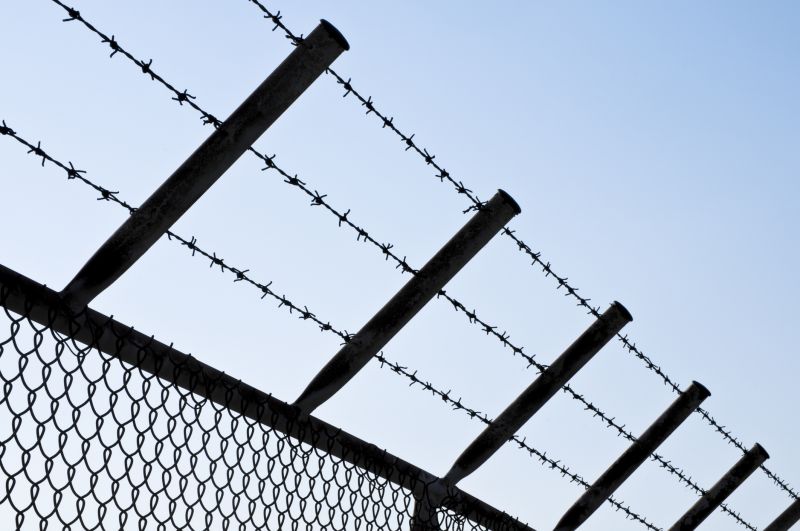
Small tweaks to make Chicken Wire Fence Installations safer and easier to use.

Lower-waste or water-saving choices for Chicken Wire Fence Installations.
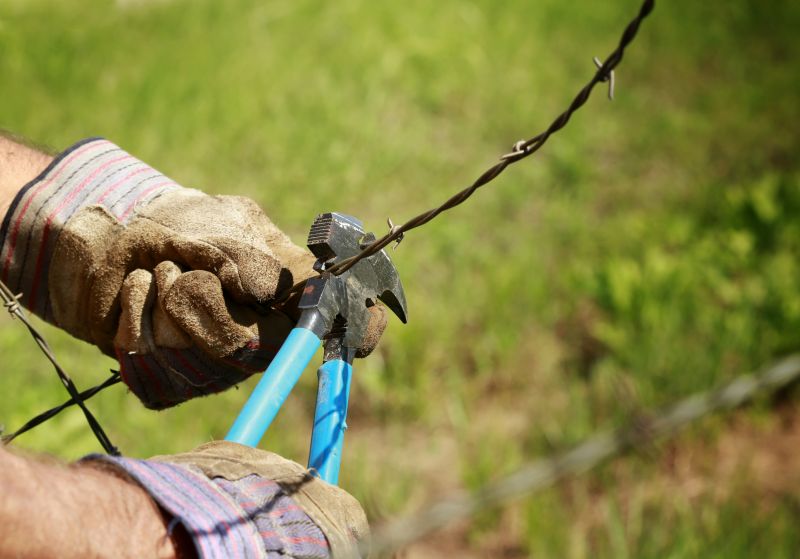
The short, realistic tool list for quality Chicken Wire Fence Installations.
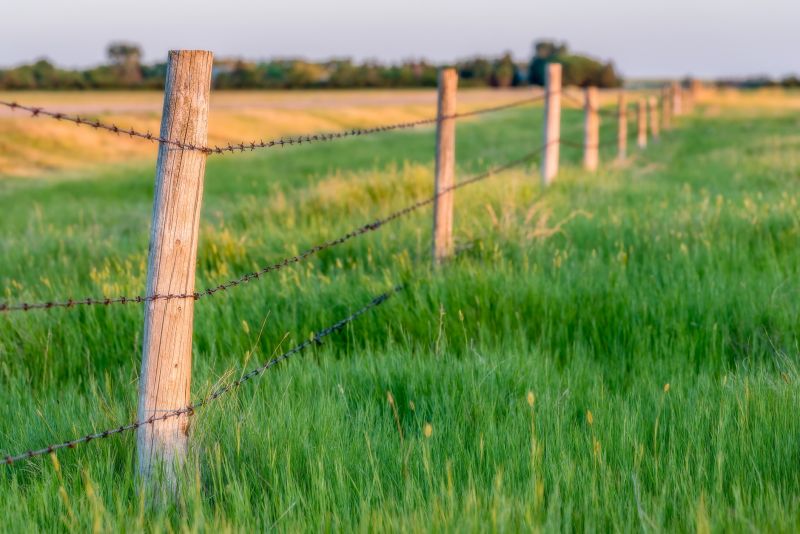
Rough timing from prep to clean-up for Chicken Wire Fence Installations.
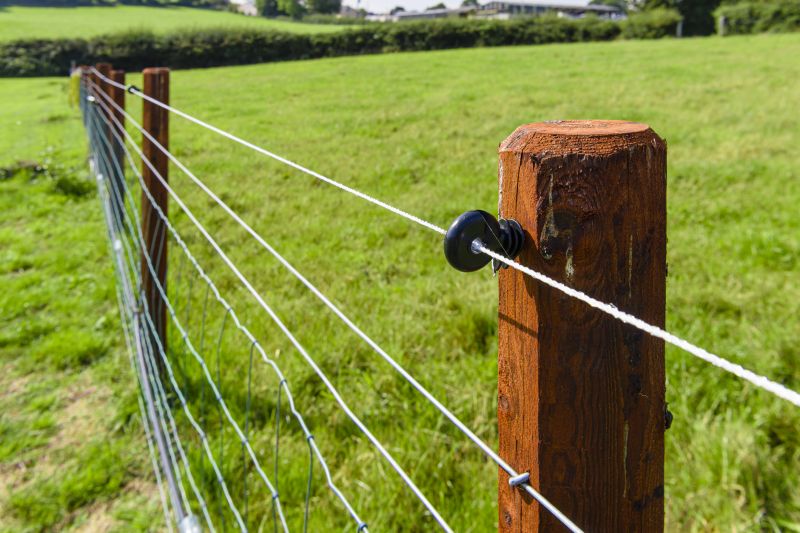
Quick checks and paperwork to keep after Chicken Wire Fence Installations.
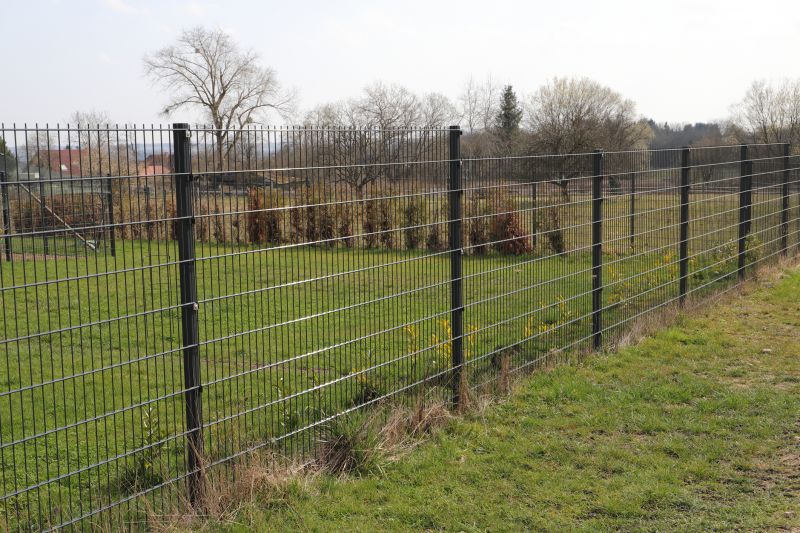
Examples that show the impact a good Chicken Wire Fence Installations can make.
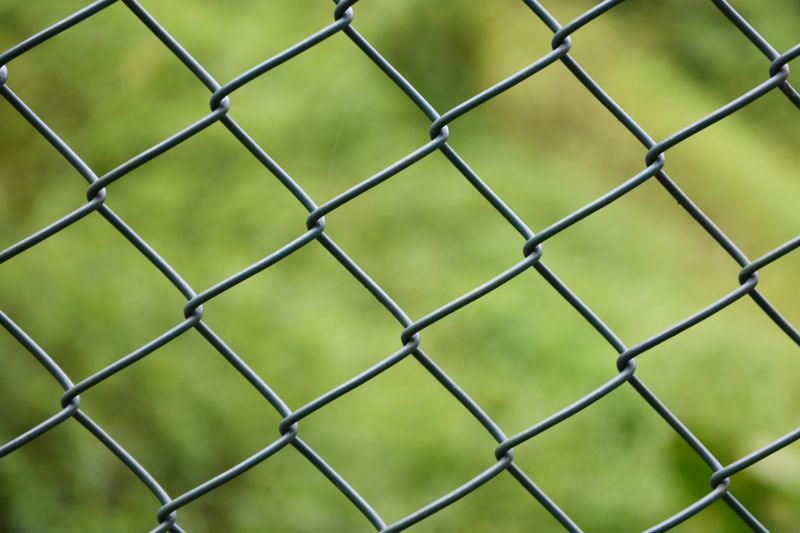
Ways to make Chicken Wire Fence Installations work in tight or awkward layouts.
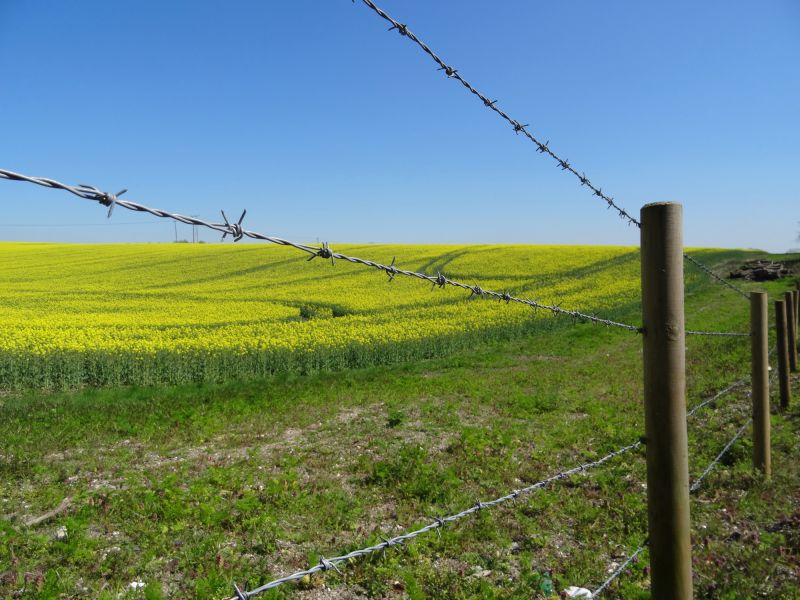
Ways to make Chicken Wire Fence Installations work in tight or awkward layouts.

Ways to make Chicken Wire Fence Installations work in tight or awkward layouts.
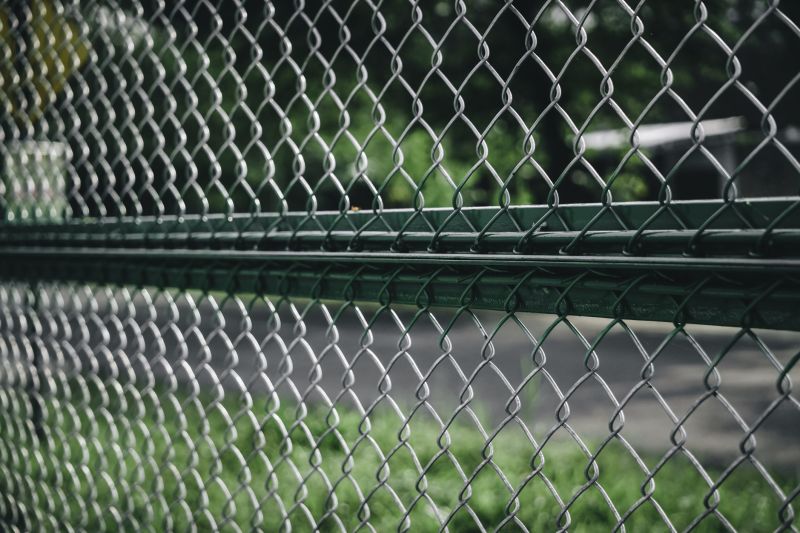
Ways to make Chicken Wire Fence Installations work in tight or awkward layouts.
| Season | Ideal Conditions |
|---|---|
| Spring | Moderate temperatures, moist soil, longer days |
| Summer | Warm weather, avoid extreme heat |
| Fall | Cooler temperatures, dry weather |
| Winter | Cold, frozen ground, snow |
| General Advice | Install during mild weather for best results |
Timing plays a crucial role in the successful installation of chicken wire fences. Planning installations during suitable seasons helps prevent delays and ensures the fence remains secure and functional over time. If interested in scheduling a chicken wire fence installation, filling out the contact form can facilitate further assistance and planning.



